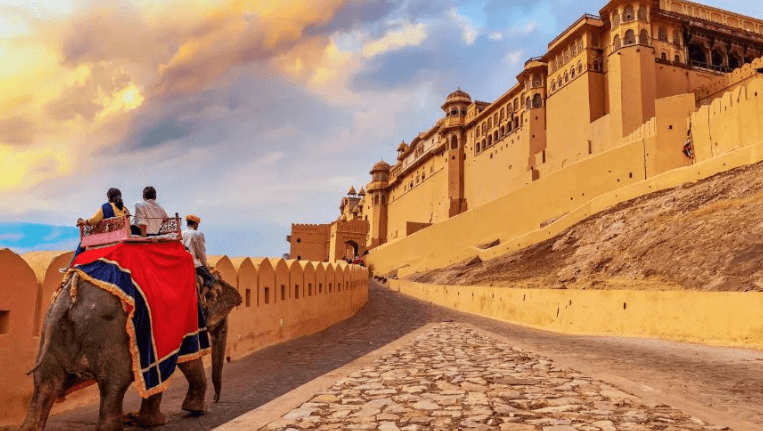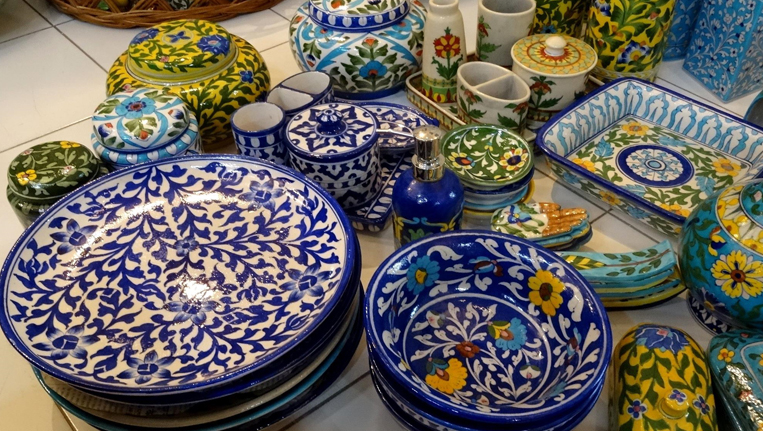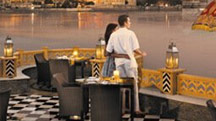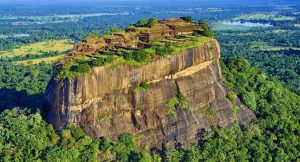Jaipur, one of the popular destinations of Rajasthan Tourism, has always been an iconic city because of its heritage sites that hold a special place in the world. And guess what!! The good news is, our very own Pink City has received the World Heritage City Certificate from UNESCO on 5th February 2020. Director-General of UNESCO Audrey Azoulay presented the certificate for Jaipur to the representatives of Rajasthan government. Well, it was surely a big day for Jaipur.
The Pink City was included in the World Heritage List some eight months ago at the 43rd Session of the World Heritage Committee held in Baku (Azerbaijan). And it was finally this day when the city received the heritage certificate at the Albert Hall. To this, Audrey Azoulay said, UNESCO was very proud to have Jaipur inscribed in the heritage list.
A Glance at the Agreement Signed between UNESCO and Rajasthan Government
On 5th September 2019, UNESCO and the Rajasthan Government’s Tourism Department joined hands to promote art, craft, music forms, and other cultural heritage to spur socio-economic growth of several artist communities of the state. The project, which will run for around three-and-a-half years, will be implemented in ten cities of Rajasthan including Jaisalmer, Barmer, Jodhpur, and Bikaner. In regard to this, Rajasthan’s Minister of Tourism Vishvendra Singh said that signing such agreement with an international organisation surely represents a historic moment and the project will not only revive the traditional cultural heritage of Rajasthan but also improve livelihoods.
Why was Jaipur declared as a heritage city?

There are several factors which went behind the inclusion of Jaipur as a UNESCO World Heritage City in Rajasthan. According to a statement made by the Ministry of Culture before the World Heritage Committee, the pink city is an “exceptional urban example in indigenous city planning and construction in South Asia”. It further said, “Besides an exemplary planning, its iconic monuments such as the Govind Dev Temple, City Palace, Jantar Mantar and Hawa Mahal excel in artistic and architectural craftsmanship of the period.”
- A Blend of Various Architectural Styles: According to UNESCO India, the city planning in Jaipur shows the influence and exchange of various cultures, from ancient Hindu and modern Mughal, to western. The entire city has been built according to the grid model, which is usually followed in the west. The different districts, however, have been organised according to traditional Hindu concepts. It also went on to say that the city, which was originally designed to be a commercial capital, has maintained its commercial, artisanal and cooperative traditions to this day.
- The Spacious “Chaupar”: One of the distinctive aspects of the city’s architecture is its “chaupars”, which are huge public squares. Another noticeable feature is the city’s main streets which are dotted with stalls, markets, temples and residences, with all of them having uniform facades. Jaipur was founded in 1727 by Maharaja Sawai Jai Singh II. It was different from other cities located in close proximity, in that it was built on a plain, while they were located in hilly regions.
A Quick Look at Some of the Interesting Facts about Jaipur

Renowned for palaces, forts, Jaipur lets one witness the amazing architecture which is a blend of Hindu, Mughal, and Persian designs. But the city has a lot more than this. So, here I bring to you some lesser-known yet interesting facts about Jaipur.
- Jaipur is the first planned city of India based on the principles of Vastu Shastra and Shilpa Shastra and took four years to complete.
- The entire city was painted in pink to welcome H.R.H. Albert Edward, Prince of Wales in 1876. For this reason, Jaipur was given an alternate name- Pink City.
- Jaipur organises the world’s largest free literary festival called Jaipur Literature Festival which is held annually in the month of January.
- Jaipur is home to one of the most expensive hotel suites that is the Presidential Suite at the Raj Palace Hotel, billed at US$45,000 per night.
- The world’s largest sundial is located in Jantar Mantar, the UNESCO World Heritage Site in Jaipur.
- The city is home to Gaitore which is a royal cremation site of rulers of Jaipur.
- The Jawahar Circle in Jaipur is recognised as the largest circular park in India.
- Hawa Mahal, the iconic structure of Jaipur has 953 windows which are called ‘Jharokhas’. These windows were constructed for the royal ladies to observe everyday life and festivals celebrated in the street below without being seen.



 2 Nights / 3 Days
2 Nights / 3 Days  3 Nights / 4 Days
3 Nights / 4 Days  2 Nights / 3 Days
2 Nights / 3 Days  2 Nights / 3 Days
2 Nights / 3 Days 










